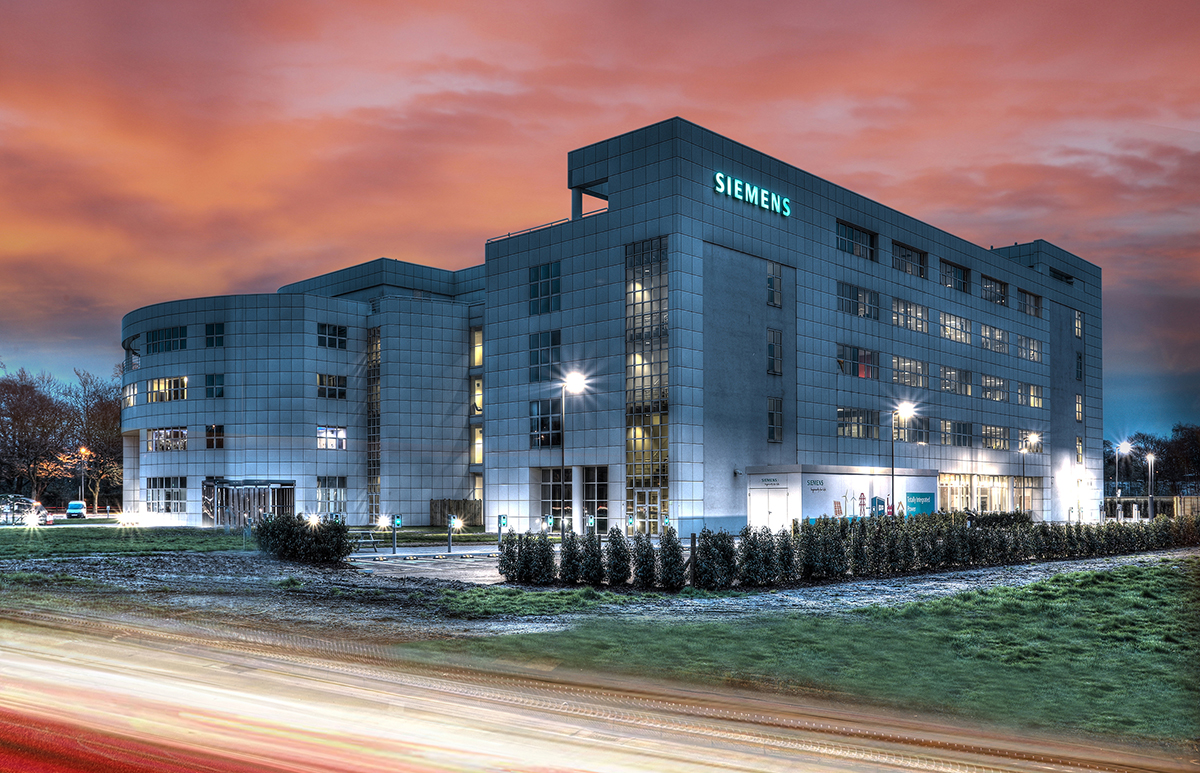Challenge
How can manufacturers aim for Net Zero when most of their emissions are generated after a product is sold?
In some industries that make electrically powered products, the majority of emissions are often created not in the manufacturing process but during a product’s lifetime, through energy consumption. These ‘use phase’ emissions occur in the wider value chain (Scope 3, Category 11).
While these indirect emissions may feel out of many companies’ control, they play a central role and must be addressed if organisations want to take genuinely impactful climate action. Grundfos – a global leader in water pump manufacturing – tackled the issue head on. Recognising the potential impact it could make by reducing Scope 3 emissions, and the importance of moving to Net Zero, Grundfos wanted to strengthen its climate targets and submit these to the Science Based Targets initiative (SBTi). But before it could do this, Grundfos needed to understand the obstacles and opportunities of such a move, and how it could achieve Net Zero.








